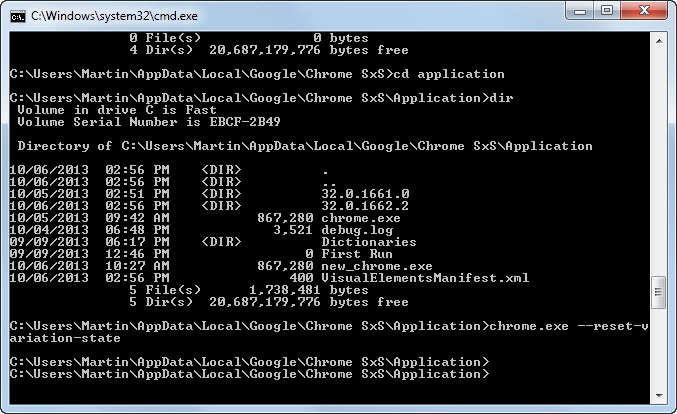

This is a common feature of GNU software.

Two hyphen–minus characters ( - ) are used on some programs to specify "long options" where more descriptive option names are used. An argument that is a single hyphen–minus by itself without any letters usually specifies that a program should handle data coming from the standard input or send data to the standard output. The character is usually followed by one or more letters. In Unix-like systems, the ASCII hyphen–minus is commonly used to specify options. in GNU programs, but you need to check each program's documentation. color control whether color is used to distinguish file c with -lt: sort by, and show, ctime (time of last B, -ignore-backups do not list implied entries ending with ~ b, -escape print octal escapes for nongraphic characters author with -l, print the author of each file a, -all do not ignore entries starting with. Notice how some have a long form without a short form ( -author, -block-size), some have a short form without a long form ( -c, -f, -g), and some have both a long form and a short form ( -A/ -almost-all, -b/ -escape). Here is an extract from ls -help ( man ls gives equivalent information). But obviously short ones can take parameters just as much just they don't use an equals.

Many options have a short form and a long form, and many have one and not the other.Īnd also, regarding parameters, it's simply that in the long form when they take a parameter it looks like it's always with an equals. It has nothing to do with parameters at all. Personally, I recommend running through the process once in a local VM then – when you are ready to make a BBS for the world to use – set up a remote server and run through the following while SSH'd into it.And look at the options and then it will be clearer. This all works equally well wether you are on a local machine, inside a virtual machine, or using a remote server. That said, these instructions should work (either without modifications or with very minor tweaks) on any Debian-based Linux distribution (Ubuntu, Elementary, Pop, Pure, etc.). In my testing I utilized Debian “Buster” (aka version 10.x). The following steps assume a stock, updated Debian system. If you intend to run DOS BBS games on your BBS, it is absolutely doable… but will require a bit more work (that is beyond the scope of this tutorial) once your system is up and running. The key difference crops up when running DOS-based BBS games (aka “DOOR” games ). įor the basic functionality of the BBS, there isn't much difference between running Synchronet on Linux vs Windows. If you would prefer to run Synchronet under Windows, the team has provided a simple setup program with detailed instructions. We are opting to go with Synchronet as it is a robust system and continues to be under active development in 2020.
SYNCTERM COMMAND LINE OPTIONS SOFTWARE
Both Debian and Synchronet are Free and Open Source Software – so there is no cost to you for any of it. Today we'll walk through, start to finish, getting a BBS ( Synchronet ) up and running on a Debian Linux system. You want to try your hand at running your very own, Telnet accessible, BBS (Bulletin Board System)? Luckily, that process is pretty doggone straightforward… provided you have a reasonable level of comfort on the Command Line.


 0 kommentar(er)
0 kommentar(er)
